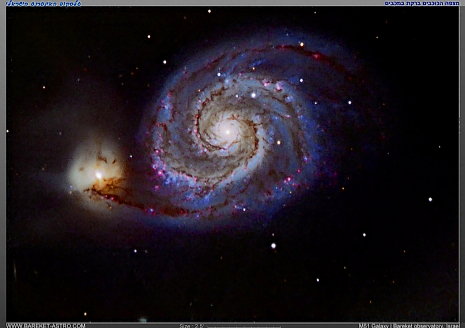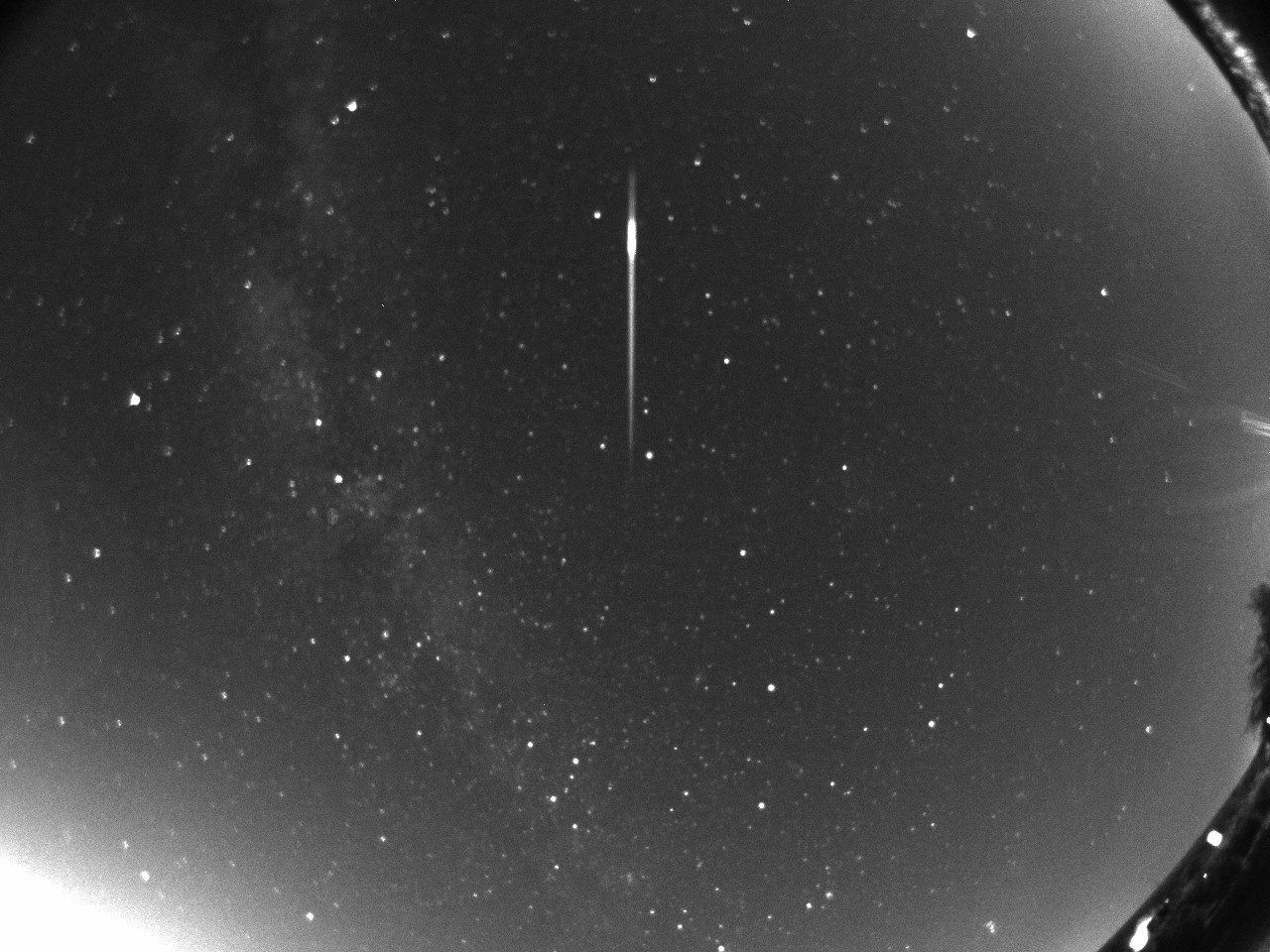Comet Lovejoy and Asteroid 2004 BL - Live webcasts
[Hebrew]
Live broadcast of comet LoveJoy [C2014 Q2] & Asteroid 2004 BL86
25-29 January 2015, starting at 18:00 UTC
Archive webcast footage:
Live broadcast of comet LoveJoy
Watch Comet C2014 Q2 LoveJoy on Jan 25-29, 2015
A special broadcast from the Bareket observatory's Internet-Telescope.
During the broadcast viewers can watch the comet live (images will be refreshed every ~20sec), trace the movement in the sky and try to discover new findings.
Date: 25-29 January 2015 (except the -27.1), during every night!
Between the hours of 17:30-20:30UTC.
Video : surveillance carried out by students on comet "Lovejoy" with the Bareket's Internet telescope in Israel, for about 3 hours. The broadcast open to all interested parties and is dependent on appropriate weather.
Live broadcast of Asteroid 2004 BL86 !
Asteroid 2004 BL86 Earth Flyby on Jan 26, 2015
The roughly 500-meter (1500-foot) asteroid approaches to within 1.2 million kilometers (750,000 miles) of Earth, or about 3.1 times the distance of the Moon.
Date: January 27, 2015
Between the hours 18:30-23:30UTC.
Read about a research work that was done by an Israel High-school students[PDF] on 3D modeling of Asteroids. Via the Bareket observatory's telescope EDU program.
Sponsored by: EMERALD™ digital planetarium projectors
More webcasts:
'Voyage into the deep space' | Bareket observatory's Internet Telescope & NASA
{vimeo width="640" height="480"}37853871{/vimeo}





![Venus transit webcast [Live, free] - 6 June 2012](/images/stories/misc/logos/bareket2_en.jpg)

